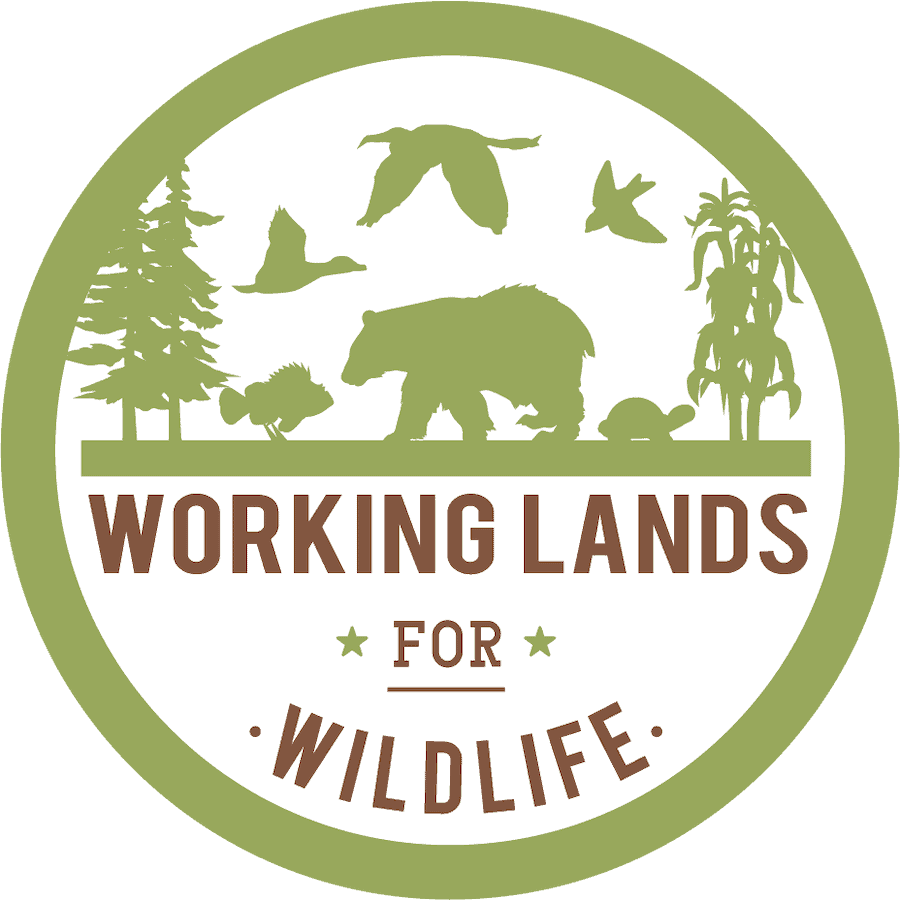-
National Fish and Wildlife Foundation Central Appalachia Habitat Stewardship Program Announces Funding for Projects to Support Hellbender Conservation
-
The National Fish and Wildlife Foundation has has announced grant awards for the 2022 cycle of its Central Appalachia Habitat Stewardship Program and several of the awards will benefit Eastern hellbenders.
Located in
News & Events
/
Eastern Hellbender News
-
2022 Was a Busy Year for the Working Lands for Wildlife Hellbender Program
-
2022 was a busy year for the Working Lands for Wildlife hellbender program.
Located in
News & Events
/
Eastern Hellbender News
-
 American Black Duck Decision Support Tool
American Black Duck Decision Support Tool
-
The Atlantic Coast Joint Venture Black Duck Decision Support Tool (DST) helps to identify the exact number of acres to protect, restore or maintain at the small watershed scale. Through this tool, land managers can determine the best way to contribute to achieving black duck goals anywhere on the landscape.
Located in
Research
/
Peer-reviewed Science
-
 Effects of Habitat Alterations on Bog Turtles (Glyptemys muhlenbergii): A Comparison of Two Populations
Effects of Habitat Alterations on Bog Turtles (Glyptemys muhlenbergii): A Comparison of Two Populations
-
This study compared Bog Turtle population demography and habitat use from 1994 to 2009 at two sites in Massachusetts, USA: one site was managed for nonnative invasive species and natural succession (Site 1), and the other site was flooded from American Beaver (Castor canadensis) activity resulting in an expansion of nonnative invasive plants (Site 2).
Located in
Research
/
Peer-reviewed Science
-
 Grazing for Bog Turtle Habitat Management: Case Study of a New York Fen
Grazing for Bog Turtle Habitat Management: Case Study of a New York Fen
-
This study presents results from a single wetland complex in New York, USA, which we managed primarily with cattle grazing over four and a half growing seasons. Management effectiveness was assessed by monitoring Bog Turtle nest placement, habitat use via radio tracking, and vegetation structure and composition change in permanent plots.
Located in
Research
/
Peer-reviewed Science
-
 The Effects of Livestock Grazing on the Bog Turtle
The Effects of Livestock Grazing on the Bog Turtle
-
The demise of small-scale dairy farming over the past three decades has led to the pastoral abandonment of the majority of bog turtle habitats in the Northeast. As a consequence, habitats are being degraded by the growth of invasive flora, changes in hydrology, and the loss of turtle microhabitats created by livestock.
Located in
Research
/
Peer-reviewed Science
-
 NRCS WLFW Outcomes Assessment 2012-2018 (released 2021)
NRCS WLFW Outcomes Assessment 2012-2018 (released 2021)
-
An outcomes assessment report completed under a contract to Dr. JJ Apodaca from NRCS-WLFW. This document is being shared with conservation partners but broad or public sharing is not approved.
Located in
Research
/
WLFW Outcomes: Funded Research
-
 Range-wide assessment of grazing and hydrology in bog turtle wetlands
Range-wide assessment of grazing and hydrology in bog turtle wetlands
-
In December 2018, a meeting of bog turtle experts was hosted in Richmond, VA and experts across the Eastern range of the species identified as a high priority the need to better understand the benefits and potential negative impacts of livestock grazing in bog turtle inhabited wetlands. Hydrologic conditions in bog turtle wetlands emerged as a secondary concern needing more research. Recently, NRCS’ Conservation Effects Assessment Project (CEAP) awarded funds to Dr. Carola Haas leading a team of researchers at Virginia Tech University to conduct an assessment on these two topics (grazing and hydrology).
Located in
Research
/
WLFW Outcomes: Funded Research
-
Habitat Selection, Movements, and Home Range of Bog Turtles in SE PA and Investigation of Grazing as a Management Tool
-
Located in
Research
/
WLFW Outcomes: Funded Research
-
Livestock as a Potential Biological Control Agent for an Invasive Wetland Plant
-
Located in
Research
/
Peer-reviewed Science























